Talking to the body and leading students on a self-exploration journey
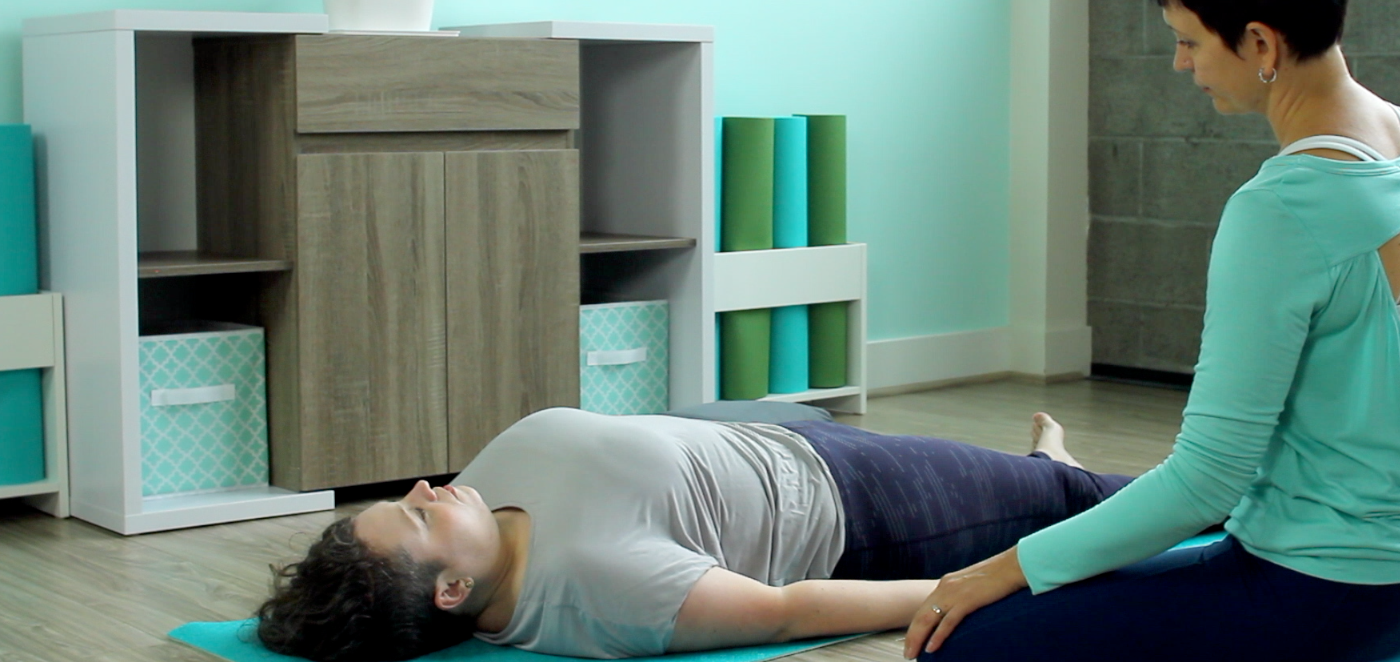
Internal Family Systems (IFS) techniques can help yoga therapists accomplish two fundamental goals in their work with students: unblending (letting go of attachment, vairagya in yogic terms) and unburdening (minimizing the seeds of suffering or klesha-s).
Unblending
The idea of unblending (or detaching) is a very important one, both in yoga in IFS. To begin the healing process, we first must experience the distinction between our unchanging True Self and other parts that carry the burdens of our past (seeds of suffering or klesha-s). “I am not my pain / my anger / my diagnosed condition; it’s a part of me that experiences pain/anger/symptoms because it is either burdened with something or is trying to protect a burdened part .” That’s where the language of “parts” is so useful; it immediately signals to the client that only a part of them is affected, not their whole Self.
Unburdening
Unburdening allows the client to release the weight of emotion, perception, or belief that is causing mental and physical suffering. In yoga, Sutra 2.2 calls it klesha tanu karana, which can be translated as “minimizing the seeds of suffering.”
IFS sees unburdening as a way to help unload the burdens of the past and remove them from the body so that the client’s parts could feel lighter and more connected with the Self.
To help your students identify the source of their suffering and attempt to relieve some of it, you can take them on an inner journey following the template below. There are several essential things to keep in mind if you embark on an exploration like that:
• A therapist needs to be grounded in their own Self and approach their student with compassion, non-judgment, and an open mind.
• A therapist cannot give any suggestions to the student regarding what to think and feel; all imagery and reflection need to come from the student.
• A therapist cannot steer the student toward the therapist’s ideas about what’s going on.
• A therapist cannot offer suggestions on solutions or an outcome. Instead, the therapist can ask the student what the part needs at the moment.
In general, the therapist needs to be very ecologically sensitive to the student’s inner world, asking clarifying questions when necessary but mostly following the student’s own explorations.
A template for using a bodily sensation as a “trailhead” to explore the reasons for student’s physical or physiological challenges
- Identify the most bothersome symptom that the client experiences. This will be the trailhead.
- Invite the student to anchor their attention in the body. Encourage them to notice and communicate what they feel (anywhere in the body).
- Ask the student to observe their breath and how it moves their body. Note areas of restriction and shallowness.
- Take the student through the sequence of poses, gradually zooming in on the area of discomfort. Choose poses that would help increase circulation and create space around that area without stressing it too much.
- Invite the student to assume a comfortable resting position, settle into the pose, and breathe comfortably.
- Bring their attention to the previously identified area of discomfort or a specific sensation they’ve mentioned (finding the part).
- Ask them to describe what that part feels like, looks like, sounds like, etc. Ask follow-up questions to bring up more details and inquire whether the part feels connected to any other areas of the body (fleshing out/focusing on the part).
- Ask the student how they feel about the part. Observe student’s non-verbal clues as they describe it.
- Ask how the part feels about the student and whether the part is aware of the student’s presence. Invite the attitude of non-judgment and curiosity toward the part (befriending the part).
- Ask what the part is afraid of and what they are trying to do. Ask the student to sense what the part thinks their role is. Confirm whether thinking about the part’s fears resonates into the physical area of discomfort (addressing the part’s fears).
- Let the part voice their fears and stay present with them with compassion and understanding (witnessing). Ask the student if they are able to give the part what it needs. If they are, ask how the part feels about receiving it.
- Ask if the part is willing to let go of the tension/discomfort it is holding within the student’s body. Confirm that other parts don’t have objections to it.
- If the answer is yes, ask how the part would like to release that tension: by breathing it out or releasing it into the water, earth, or fire. Let the part choose the exact process of release.
- If the answer is no, ask if the part would like to take the discomfort out of the body and store it somewhere for now. Let the part choose what that would look like.
- Ask the student how they feel afterward and if it’s any different from how they felt at the beginning of the practice. Encourage them to rest with that awareness for the next several breaths.
This approach works especially well if the usual ways of dealing with body tensions were unsuccessful or the student cannot do much movement for whatever reason.
Here is a recent example of a journey one of my students had gone on at the end of the session in a resting position.
Olga: Please get comfortable and bring your attention to your breath. Make sure that the bottom of your ribcage flares out a bit and your belly expands when you breathe in; deflate your body and soften as you breathe out. … Earlier, you mentioned feeling frustrated that your body felt tired and uncooperative today. Where in your body do you feel that frustration?
Student: I feel it in my throat.
O: What does that frustration look, feel, or sound like in your throat?
S: It feels disgusting, thick, and slimy, and it’s dragging me down.
O: Does it seem to affect your energy?
S: Yes, definitely.
O: Does it extend to any other part of your body?
S: Maybe to my stomach.
O: How do you feel about that sensation?
S: I hate it; it irritates me.
O: Understandable. Do you notice anything else about it?
S: It’s sticky and very uncomfortable. I don’t think I will be able to go to Europe if I keep feeling like that.
O: How do you feel about traveling right now?
S: I love traveling, but not when I feel like that, so tired.
O: Do you feel anything in your throat when you think about traveling?
S: Yeah, I feel a lump.
O: I understand that you felt frustrated about that sensation before. Do you think it would be possible to look at it with understanding, too? With curiosity?
S: I am doing it.
O: When you look at it curiously, what do you see, feel, hear?
S: I am wondering if it might be trying to stop me from traveling.
O: Do you feel like it might be connected to your reservations about traveling?
S: Maybe. I might be looking for reasons not to go.
O: Let’s pause here for a moment. Keep your attention on that lump in your throat. What does it want you to know?
S: It is nervous about the mistakes that were made by the hotel and travel company about my bookings. It is worried that things will go wrong. It also wants my reassurance that I can cancel the trip at the last moment if I don’t feel like going.
O: Are you able to give it that reassurance?
S: Definitely. I am doing it now.
O: How does the part feel about it?
S: It feels relieved.
O: Is it willing to let go of the sensation in your throat?
S: I think so.
O: Does any other part of you have objections to letting go of it?
S: I don’t think so.
O: What would feel better to you: to try breathing it out or releasing it into the water, earth, or fire?
S: I cannot breathe it out; it doesn’t seem connected to my breath. I want to spit it out, but I can’t. It’s not ready to let go of me.
O: OK. Would you like to store it somewhere out of the body and look at it again when you are ready?
S: Sounds better. I will put it in a box for now.
O: How do you feel now?
S: Relieved. I feel less inner resistance now; my body feels softer. I do not feel the frustration in my throat anymore.
O: Let’s stay with that awareness for a while and take a few comfortable, relaxed breaths.
This is an example of working with a protector, who can also be burdened. There are probably other layers underneath that could be explored at a later time. We cannot get to exile until we establish trust and rapport with protectors.
While explorations like that are highly individual and very different from one another, next time, we will feature a practice that includes this kind of body talk for students who are trying to understand the reasons for their back pain.
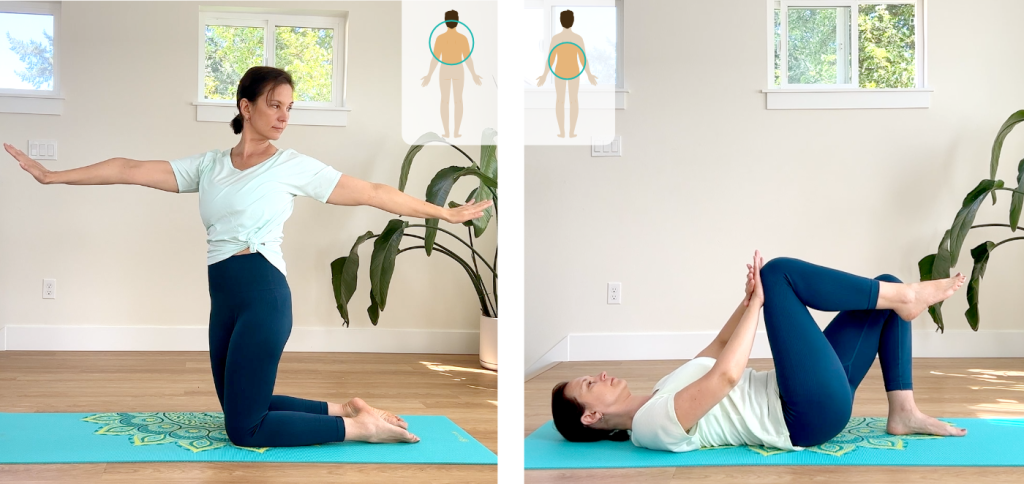
Why does your back hurt? Your body might tell you if you listen carefully.

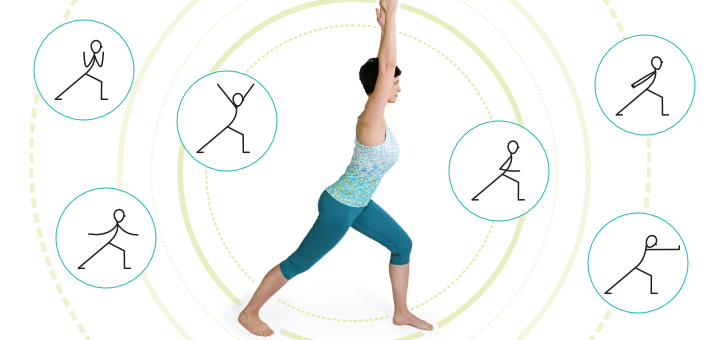

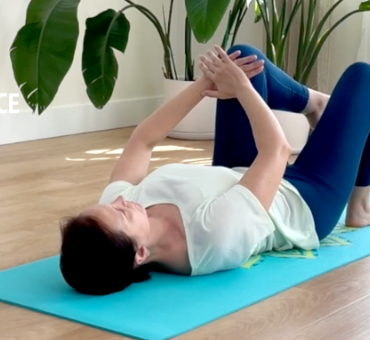
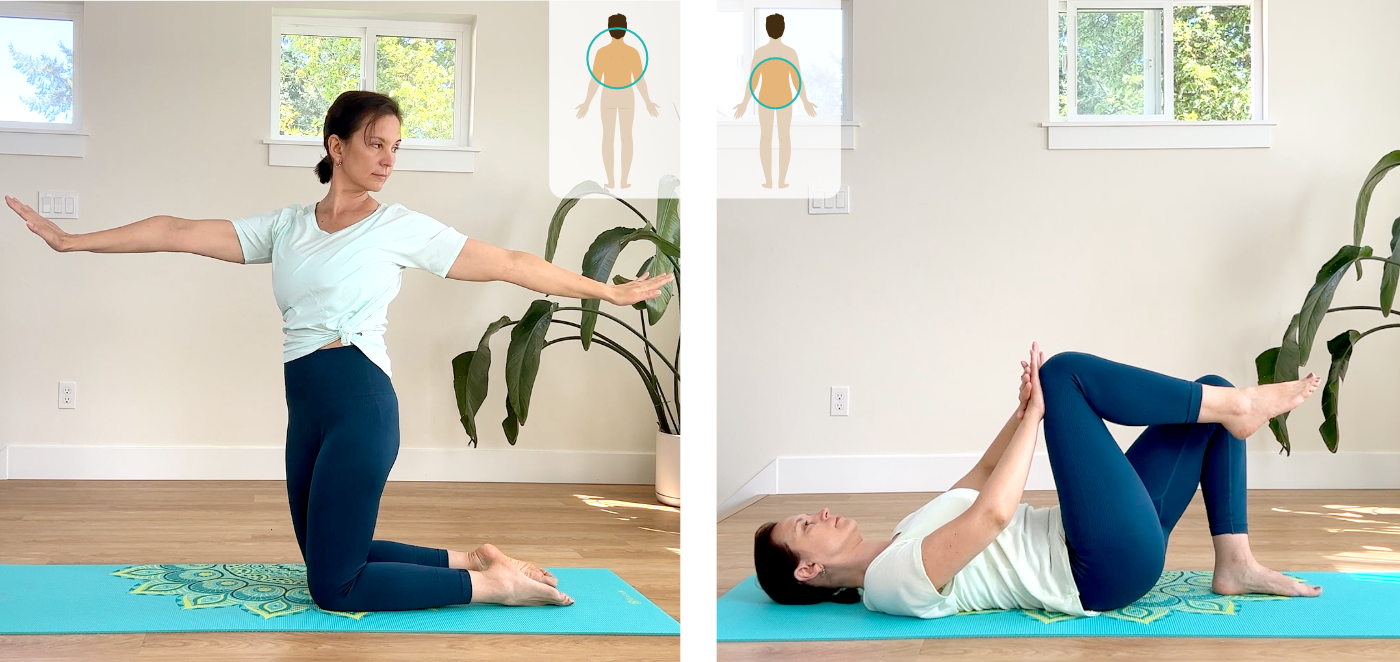
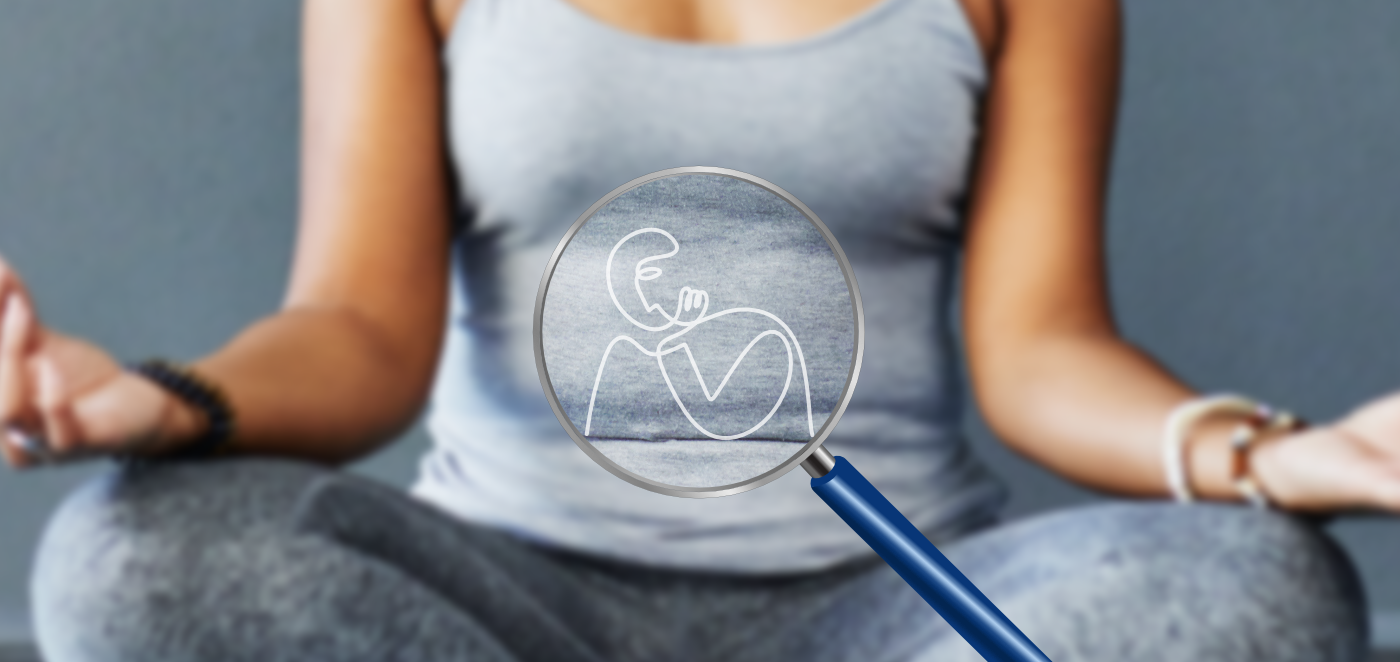
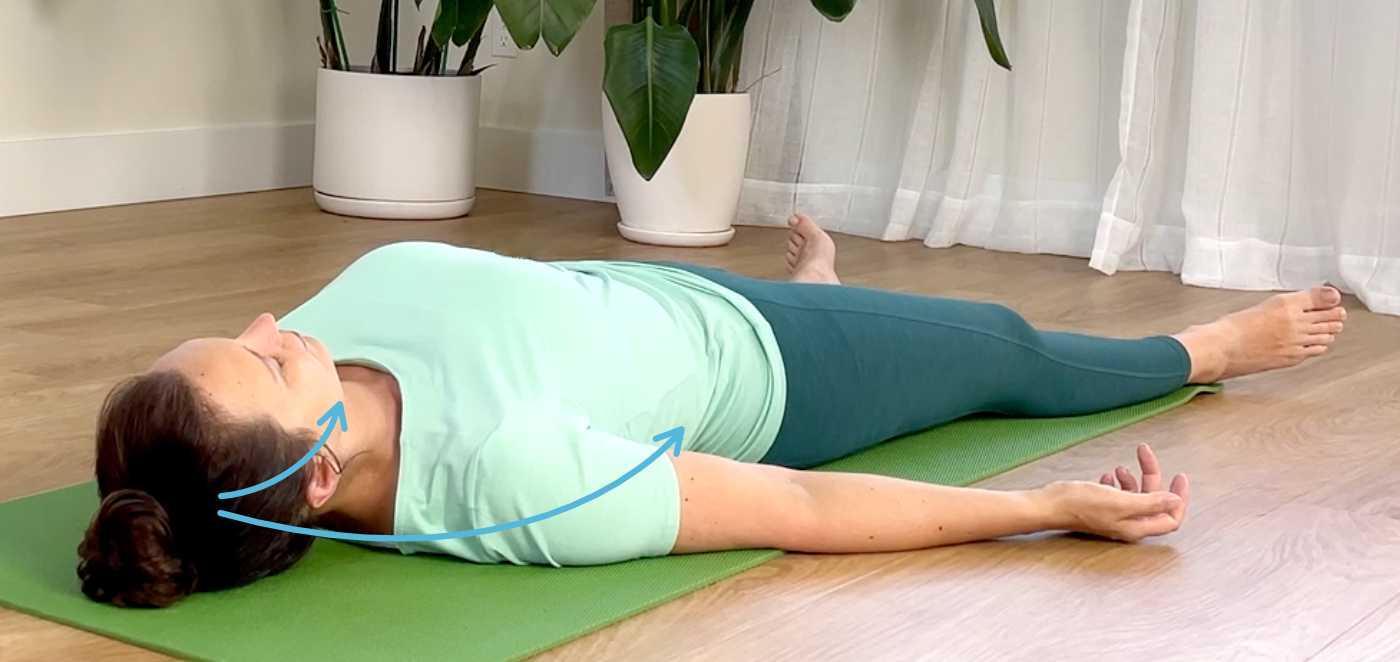
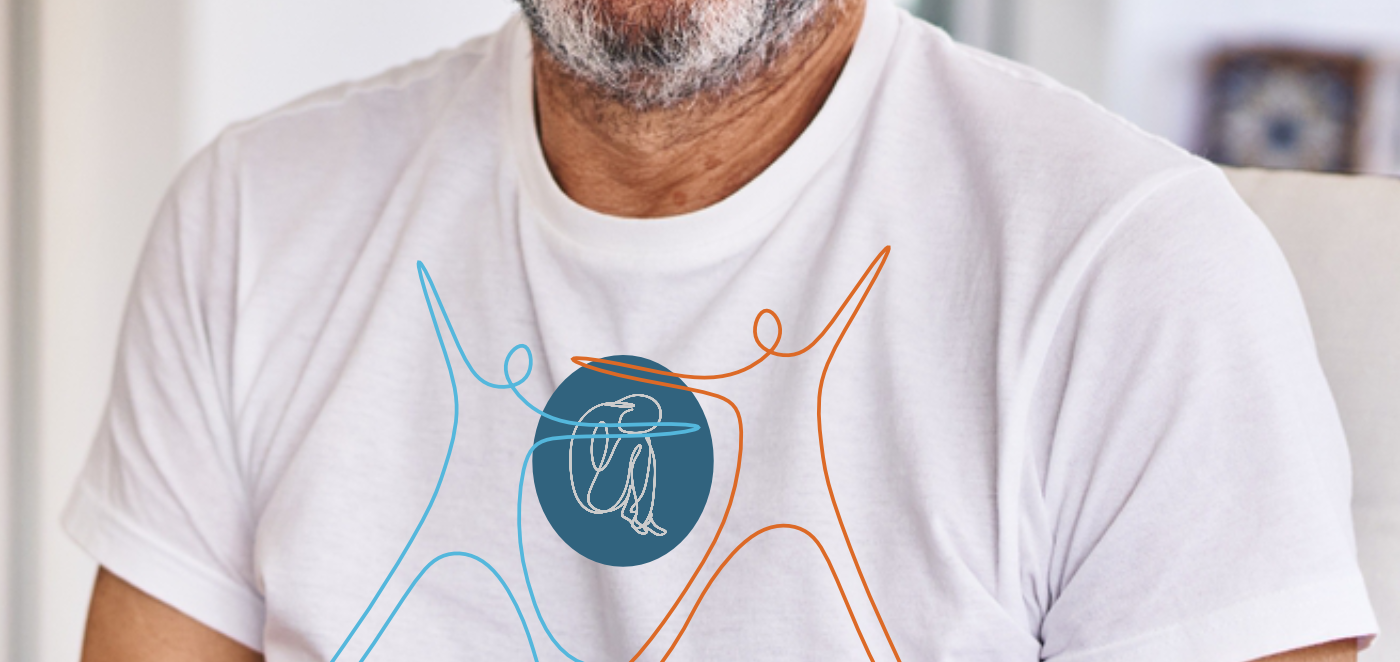

This is excellent. Thank you. Same anxiety about traveling here. What an amazing « coincidence »